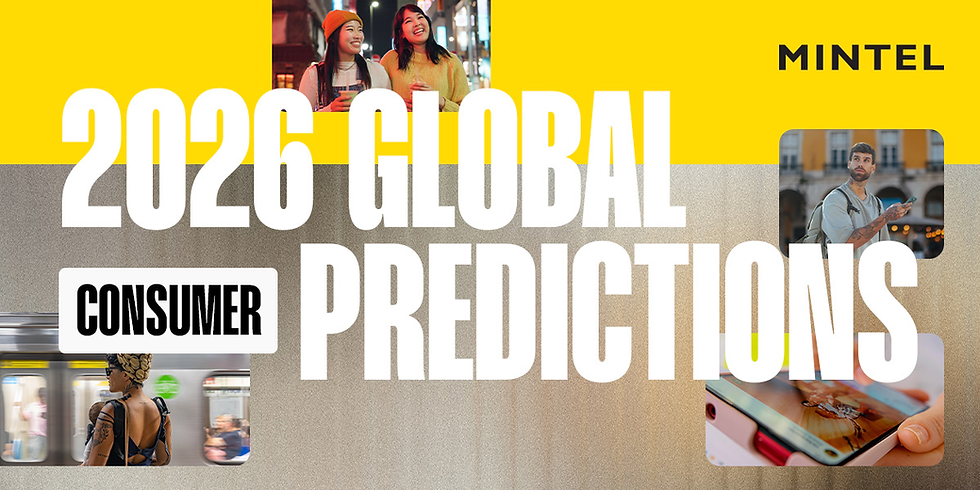Insight of the Day: How early Halloween is changing retail
- InsightTrendsWorld

- Aug 31, 2024
- 2 min read
Findings
The Halloween season, traditionally marked by promotions starting in August or September, is now beginning as early as April. Major retailers like Big Lots, Home Depot, Lowe’s, and Party City are launching Halloween promotions months in advance, turning Halloween into a six-month shopping season.
Key Takeaway
The extension of Halloween into a half-year event is disrupting the retail landscape, requiring significant changes in inventory management, promotional strategies, and overall retail operations. This shift is likely to become the new norm, influencing how retailers approach seasonal planning and marketing.
Trend
The main trend is the early start of Halloween promotions, which is reshaping the retail calendar by extending the spooky season from spring through fall. This shift is reminiscent of how other shopping events like Prime Day and Black Friday have expanded over time.
Consumer Motivation
Consumers are increasingly engaging with Halloween earlier in the year, driven by the growing popularity of the holiday and the desire for extended celebrations. This demand encourages retailers to stock Halloween-related items and launch promotions earlier.
What is Driving the Trend
The trend is driven by retailers’ desire to capitalize on consumer enthusiasm for Halloween, boost sales, and differentiate themselves in a competitive market. The success of early promotions by leading retailers has set a precedent that others are likely to follow.
Who are the People Referred to in the Article
Retailers: Major chains such as Big Lots, Home Depot, Lowe’s, and Party City, as well as smaller retailers who may follow the trend.
CPG Suppliers: Companies that produce Halloween-related products like candy and decorations, which need to adjust their production schedules to meet the early demand.
Description of Consumers, Product, or Service
Consumers: Halloween enthusiasts who are eager to start their spooky celebrations earlier each year.
Products/Services: Halloween costumes, decorations, candy, and other related items that are being stocked and promoted earlier in the year.
Age
The article does not specify an age range, but the trend likely appeals to a broad demographic, including families, young adults, and Halloween aficionados of all ages.
Conclusions
The early start of Halloween promotions is reshaping the retail industry, with significant implications for inventory management, promotional strategies, and competition. Retailers must adapt to this extended season to remain competitive and meet consumer demand.
Implications for Brands
Brands need to adjust their production and marketing strategies to align with the extended Halloween season. This includes earlier production schedules, increased inventory, and revised promotional calendars to accommodate the longer shopping period.
Implication for Society
The expansion of Halloween into a six-month season reflects a broader trend of extended consumer holidays and the commercialization of traditional events. This shift may influence how other holidays and events are marketed and celebrated in the future.
Big Trend Implied
The big trend implied is the elongation of holiday seasons in the retail industry, where events like Halloween are starting earlier and lasting longer, leading to a permanent change in how retailers plan and execute seasonal promotions. This trend is likely to influence other holidays and reshape the annual retail calendar.





Comments